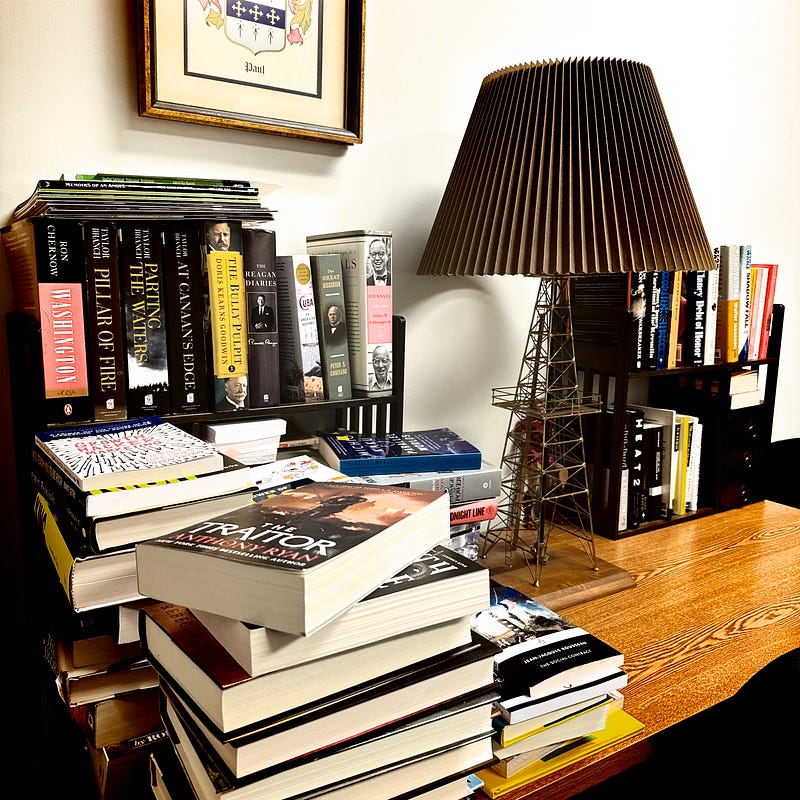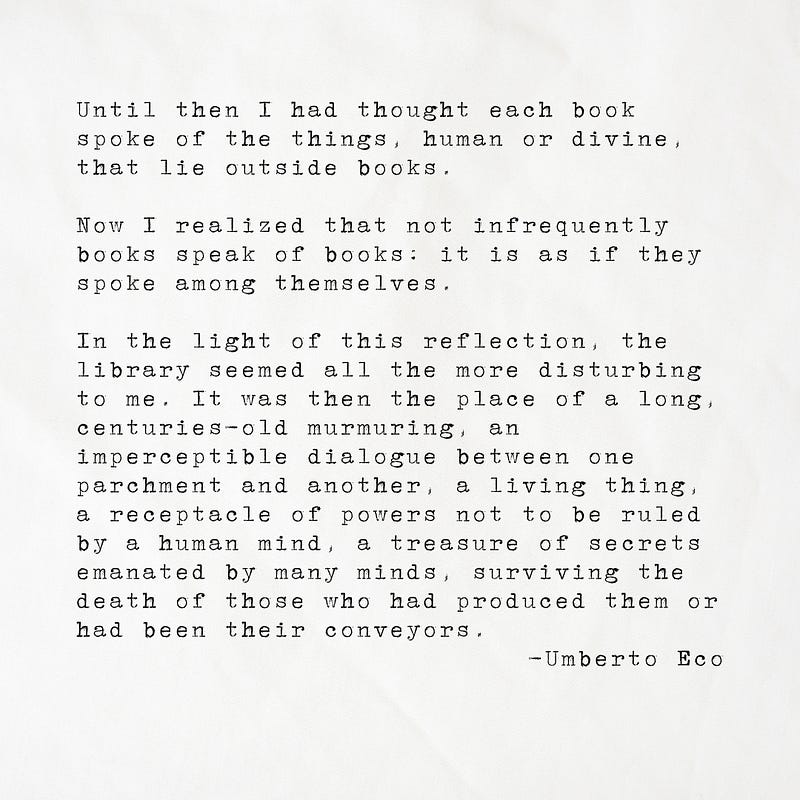
About two years ago, I admitted that I had a book problem. I’ve heard that the first step to overcoming a problem is admitting that you have one.
Plot twist: That didn’t work. I still have a book problem — a major one — and it’s starting to spread to other physical media.
Of course, all the Kindle books are rattling around the cloud because I can’t seem to choose a format and stick with it. Sometimes, I want to hold a physical book, and sometimes, I want to go digital.
Admittedly, adding to my growing zettelkasten is easier with a digital book, but there is still a great benefit to writing down my notes and entering them in the system.
Two years ago, my TBR on Goodreads was around 1,500 books. It’s floating around 3,000 now, which I know sounds ridiculous until you learn about the concept of the antilibrary, and then 3,000 books don’t seem like such a big deal.
Here’s the real issue: the school year is coming to a close, and I will have way more time to read than I have in the past few months, so I’m getting a little excited and have books on my mind all the time.
Or, maybe I’m still trying to make up for nearly 20 years of doing what other people thought I should do before figuring things out for myself. Maybe one day, I’ll figure it all out.
Until then, I’ll just keep reading…
Quote of the Day

“Until then I had thought each book spoke of the things, human or divine, that lie outside books. Now I realized that not infrequently books speak of books: it is as if they spoke among themselves. In the light of this reflection, the library seemed all the more disturbing to me. It was then the place of a long, centuries-old murmuring, an imperceptible dialogue between one parchment and another, a living thing, a receptacle of powers not to be ruled by a human mind, a treasure of secrets emanated by many minds, surviving the death of those who had produced them or had been their conveyors.” -Umberto Eco, The Name of the Rose
Musical Interlude
I love Kacey Musgraves’ voice, and this cover of Keane’s Somewhere Only We Know provides ample room for her vocals.
Long Read of the Day
In our era of electronic communications, we’ve come to expect that important innovations will spread quickly. Plenty do: think of in-vitro fertilization, genomics, and communications technologies themselves. But there’s an equally long list of vital innovations that have failed to catch on. The puzzle is why.
Why do some innovations spread so swiftly and others so slowly?
Video of the Day
I know you’ve been asking yourself, “I’d love to know they make Japanese swords — from the gathering of the iron sand to the smelting of the steel to the forging of the blade.
Have no fear, here’s your answer:
Final Thoughts
Is it Friday yet?


